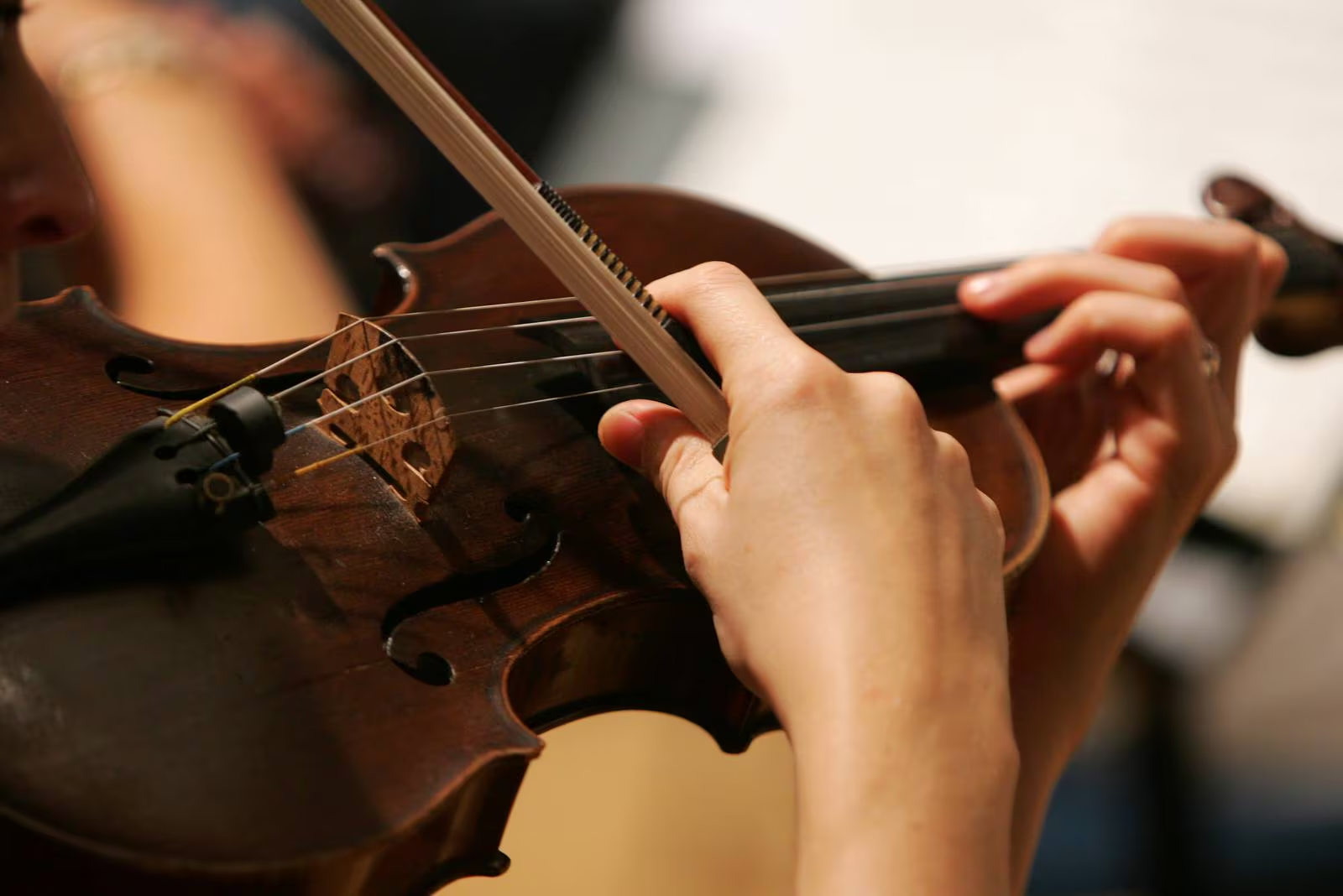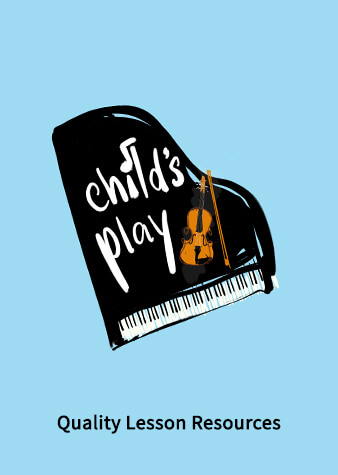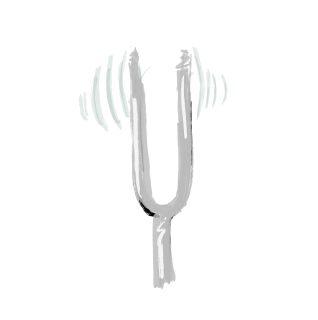Irish Study Revealing Musicians’ Playing-Related Muscular Pain
A survey of Irish musicians has found high rates of players at risk of developing musculoskeletal disorders
Recently published in the Irish Medical Journal, a study of 120 young Irish musicians has found a high rate of playing-related musculoskeletal disorders (PRMDs), reports The Irish Times.
PRMDs are defined as pain and other symptoms that are chronic and interfere with a musician’s ability to play at the usual level.
The survey respondents were third-level students aged 18 to 30 — 103 were classical musicians and 17 were traditional musicians; 71% were female, and the median age was 19. Among classical musicians surveyed, the results revealed a 61% rate of PRMDs.
The study explains that the lifetime prevalence of PRMDs among classical musicians internationally is between 62% and 93%, and adds that musicians are at greater risk of developing them as they “engage in repetitive motions for many hours each day.”
Among the classical musicians, the most commonly played instruments were keyboard (47 people) and string instruments (30 people). The survey found that 83% of string players in this group reported a lifetime prevalence of PRMDs.
For the classical musicians in the survey, the most common location for PRMDs in the body was the upper back, followed by the lower back, and the right hand or wrist.
In the traditional musician group, nine said that they suffered from PRMDs — among them included two concertina players, two flute players, and bodhrán, bouzouki, harp, tin whistle, and uilleann pipes players. For these players, the hand or wrist was the most common site for PRMDs.
“Risk factors identified for the development of PRMDs included playing a string instrument and female gender,” the study explained. “The role of gender when dealing with PRMDs is highlighted by several associated findings in this study. These include the more than 2/3rd majority of female students in both classical and traditional styles, and the increased cumulative impact on the experience of PRMDs reported by female participants.
“The high level of trauma reported in this research project will hopefully result in the appropriate response mechanisms being developed within educational institutions, with the overriding purpose of preventing profound PRMD morbidity,” the study concluded. “Future research should aim to establish effective interventions which prevent and mitigate the impact of PRMDs among musicians.”
june 2025





































